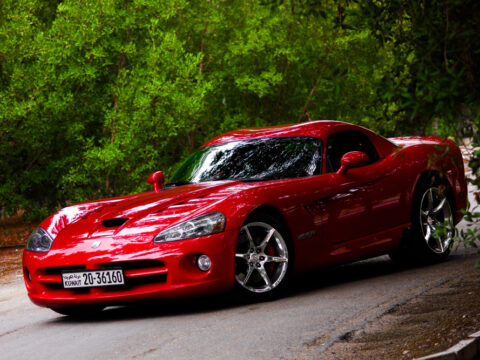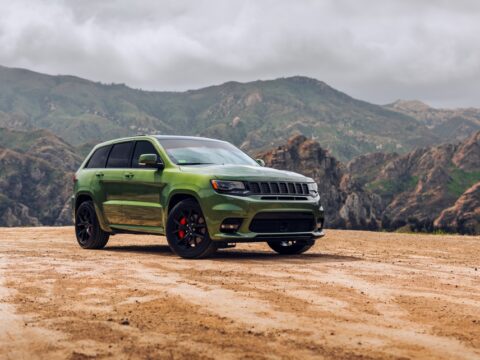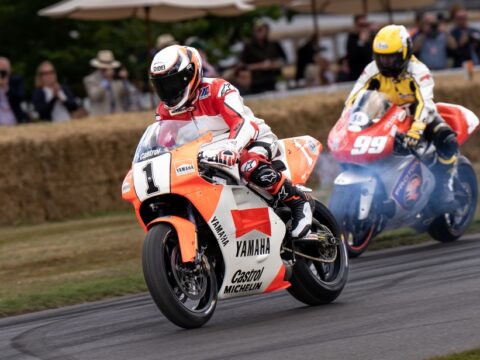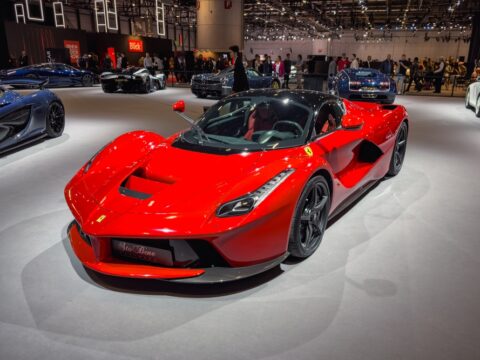Throughout the history of the automotive industry, certain car designs have stood out for their groundbreaking impact on the market and culture. These iconic vehicles defined their eras and set new benchmarks in performance, aesthetics, and technology. From the classic elegance of the Rolls-Royce Phantom to the revolutionary simplicity of the Ford Model T, each of these designs has uniquely contributed to the evolution of the automobile.
Contents
Ford Mustang
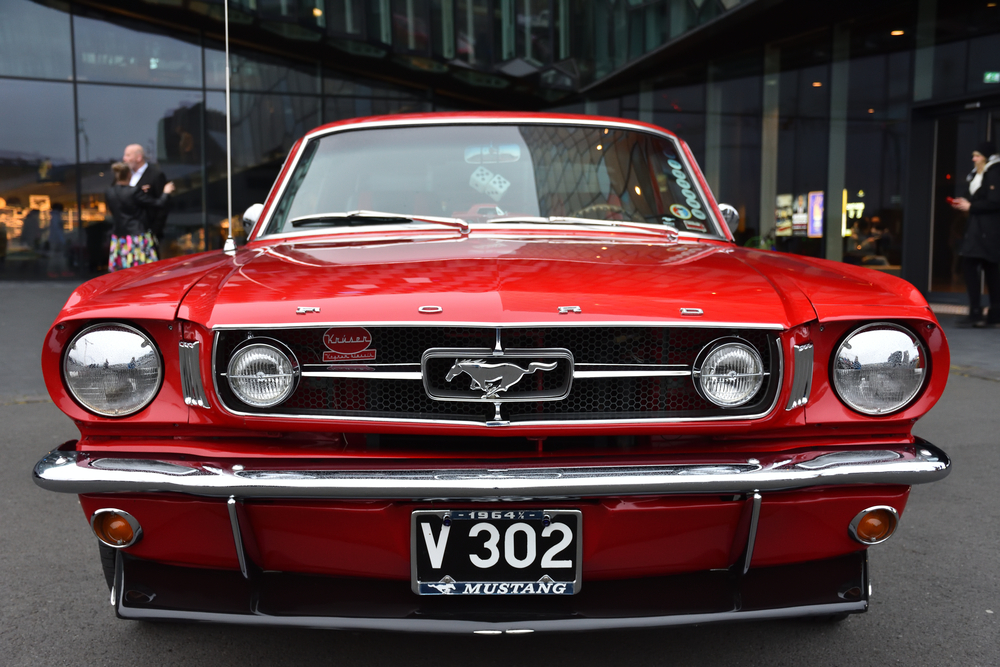
The Ford Mustang, introduced in 1964, revolutionized the automotive industry by creating the “pony car” segment, characterized by its sporty design and affordable price. Its long hood, short rear deck, and aggressive styling set a new standard for American muscle cars. The Mustang’s impact on car culture was immediate, spawning a generation of enthusiasts and countless imitations. Its enduring legacy is seen in its continuous production and role as a symbol of American automotive innovation and freedom.
Chevrolet Corvette
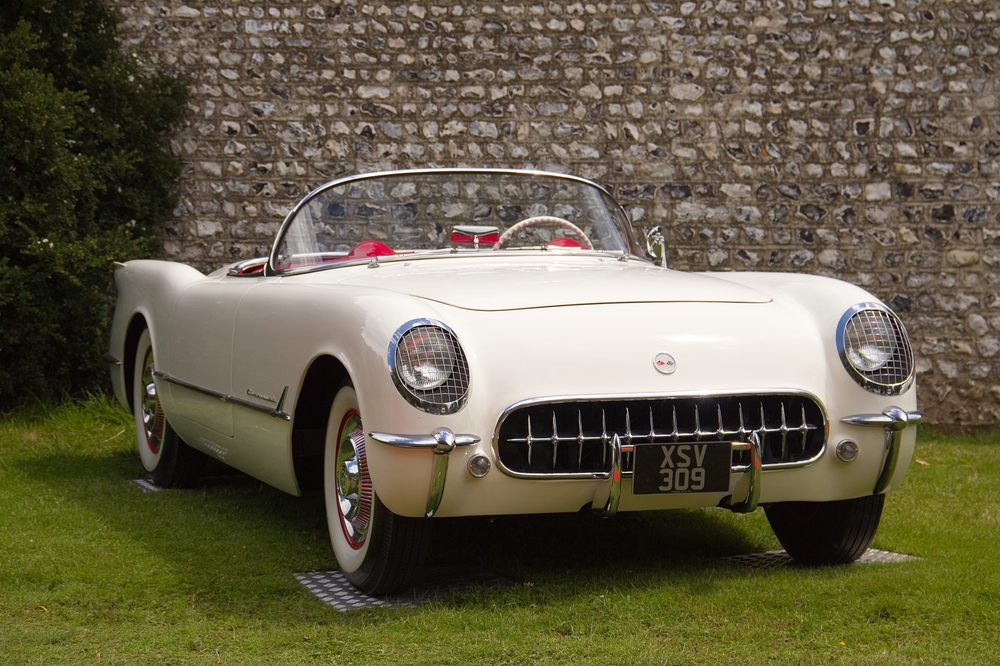
The Chevrolet Corvette, launched in 1953, is an American icon that redefined sports car design with its sleek, aerodynamic shape and fiberglass body. The Corvette’s emphasis on performance, style, and innovation has made it a benchmark in the sports car market. Each generation introduced groundbreaking features and design elements, influencing competitors worldwide. Its reputation for high performance and cutting-edge design has cemented the Corvette as a legendary name in the automotive world.
Porsche 911
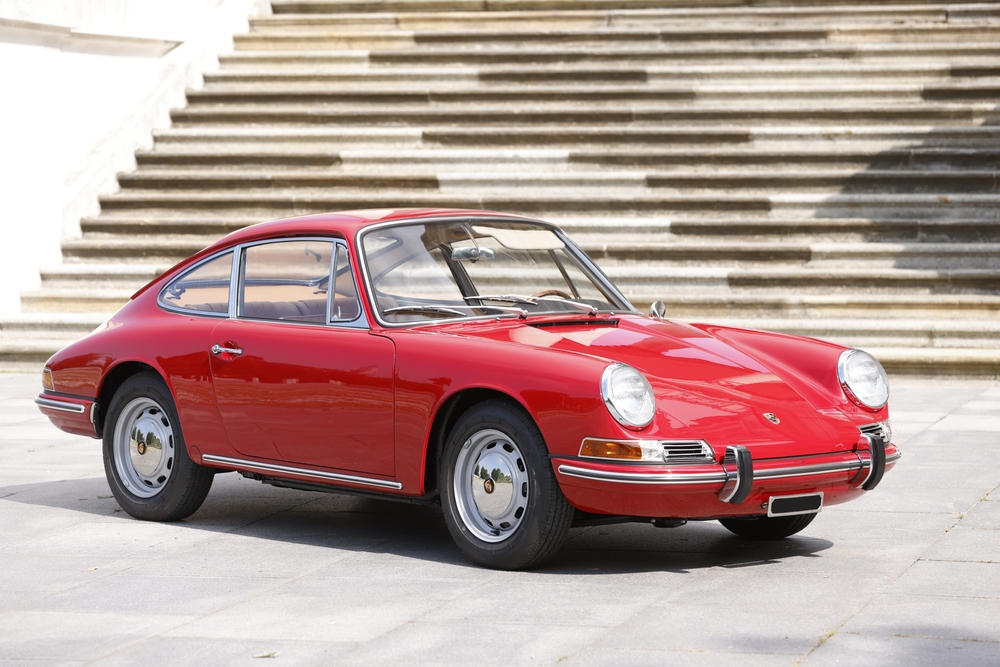
The Porsche 911, debuting in 1964, is renowned for its distinctive design and engineering excellence. Its unique rear-engine layout and timeless silhouette have remained largely unchanged, highlighting the effectiveness of its original design. The 911’s performance, handling, and reliability have made it a favorite among car enthusiasts and racers. Its influence extends beyond Porsche, inspiring a range of sports cars and becoming a benchmark for performance and design consistency.
Rolls-Royce Phantom
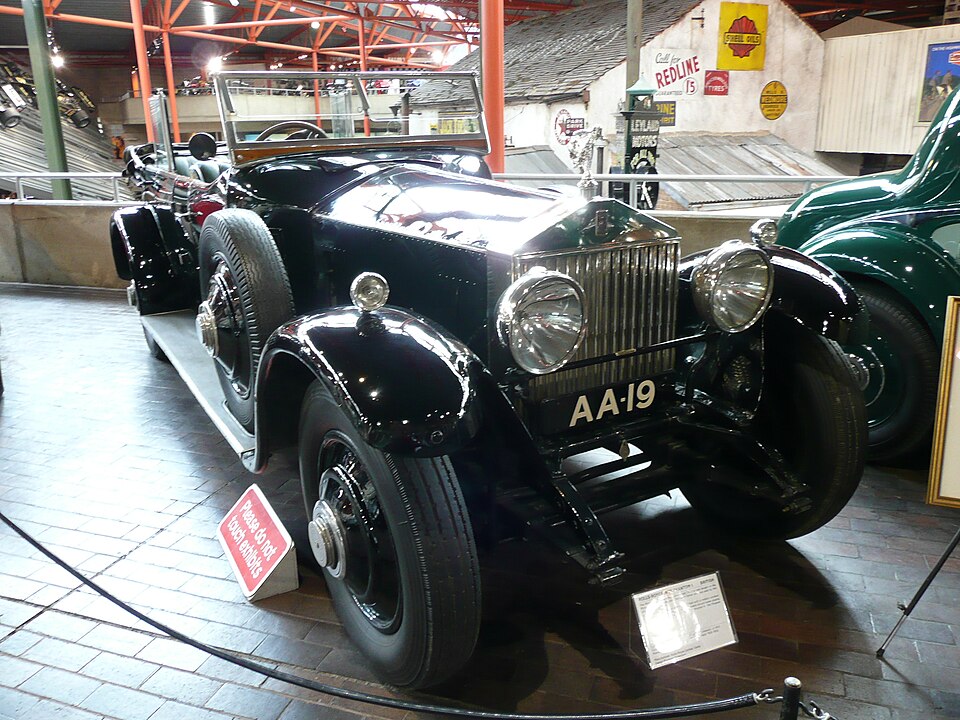
The Rolls-Royce Phantom, first introduced in 1925, epitomizes luxury and craftsmanship. Its imposing presence, elegant design, and meticulous attention to detail set new standards for high-end automobiles. Each Phantom generation has maintained its status as a symbol of prestige and excellence. The Phantom’s influence is seen in the luxury car segment, where it continues to be the benchmark for opulence, sophistication, and bespoke customization.
Jeep Wrangler

The Jeep Wrangler, with roots tracing back to the WWII Willys MB, is an icon of ruggedness and off-road capability. Introduced to civilians in 1986, the Wrangler’s design emphasizes durability, simplicity, and versatility. Its boxy shape, removable doors, and robust four-wheel-drive system have made it a favorite among off-road enthusiasts. The Wrangler’s influence is evident in the growing popularity of SUVs and the emphasis on adventure-ready vehicles.
Ford Model T
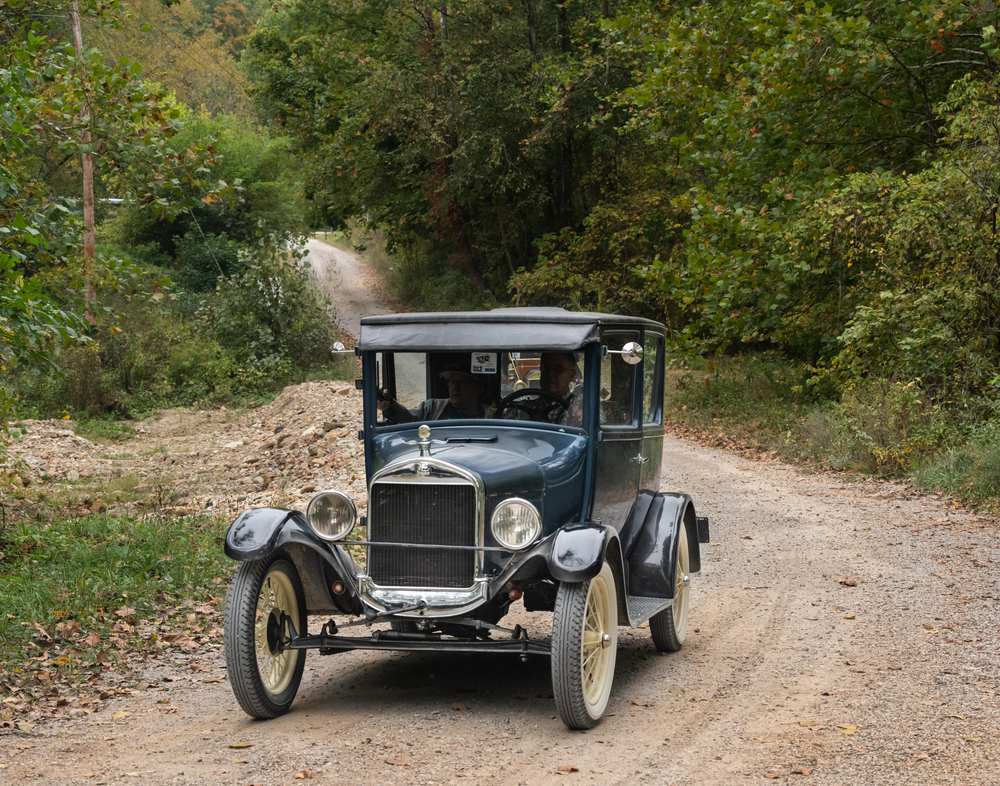
The Ford Model T, produced from 1908 to 1927, revolutionized the automotive industry by making cars affordable and accessible to the masses. Its simple design, robust construction, and assembly line production techniques drastically reduced costs and production time. The Model T’s impact on personal mobility and the manufacturing industry cannot be overstated, as it set the foundation for modern car production and democratized automobile ownership.
Aston Martin DB5
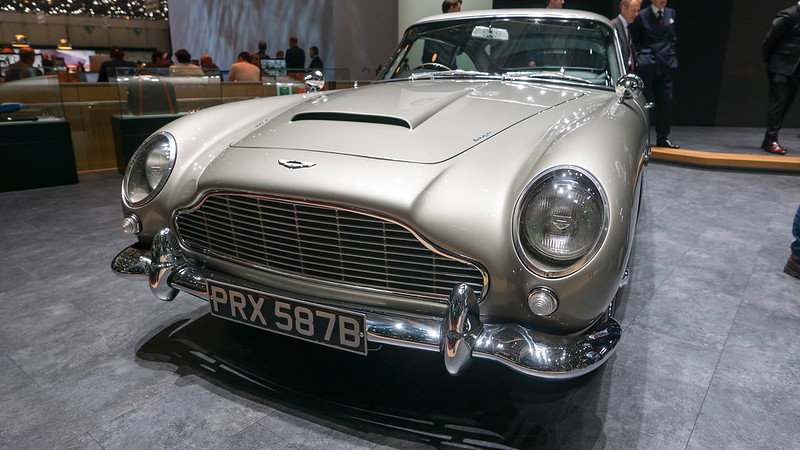
The Aston Martin DB5, introduced in 1963, became an instant classic, thanks in part to its association with the James Bond film franchise. Its elegant design, featuring smooth lines and a luxurious interior, exemplified British sophistication and performance. The DB5’s blend of style and power set new standards for grand tourers and has influenced luxury sports cars for decades. Its timeless appeal continues to captivate car enthusiasts and collectors worldwide.
Ferrari 250 GTO
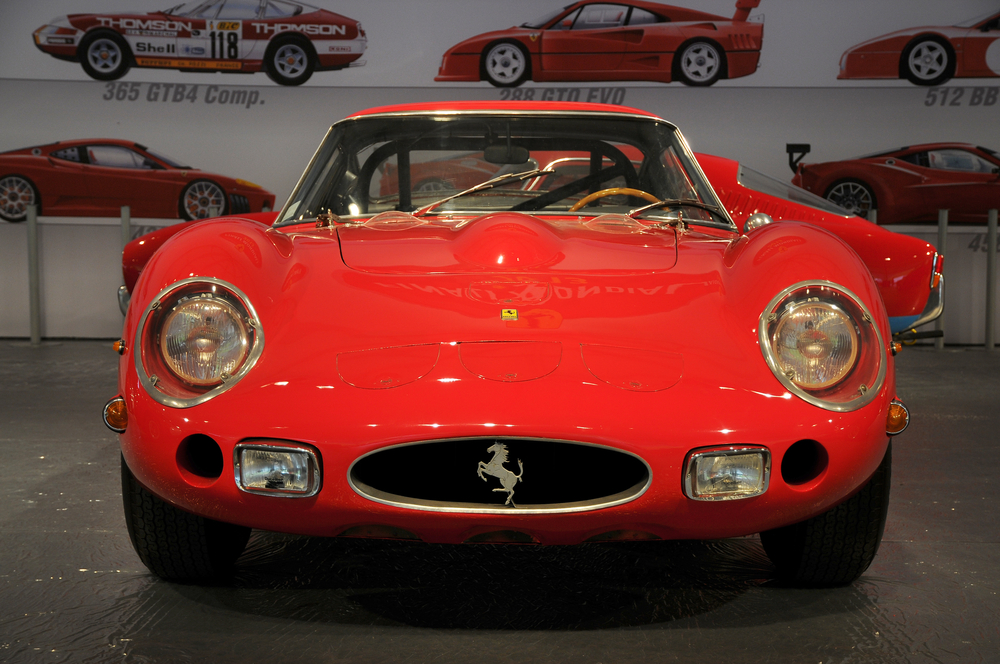
The Ferrari 250 GTO, produced from 1962 to 1964, is often regarded as one of the greatest sports cars ever made. Its sleek, aerodynamic design and powerful V12 engine made it a dominant force in racing. Limited to just 36 units, the 250 GTO’s rarity and performance have made it one of the most sought-after collector cars. Its influence on sports car design and its status as a symbol of Ferrari’s racing heritage remains unmatched.
Tesla Model S
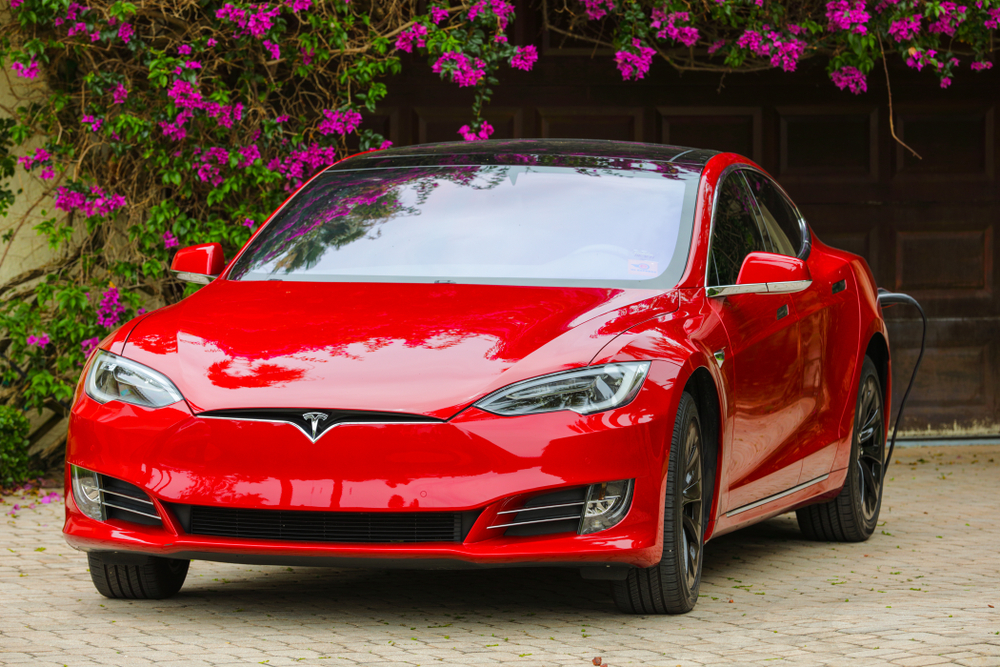
The Tesla Model S, launched in 2012, revolutionized the electric vehicle market with its blend of performance, range, and luxury. Its sleek, minimalist design and advanced technology set new benchmarks for electric cars. The Model S’s impact on the automotive industry is profound, as it demonstrated the viability of electric vehicles and spurred the development of EV infrastructure. Its influence is seen in the growing adoption of electric vehicles and the emphasis on sustainable transportation.
Volkswagen Beetle
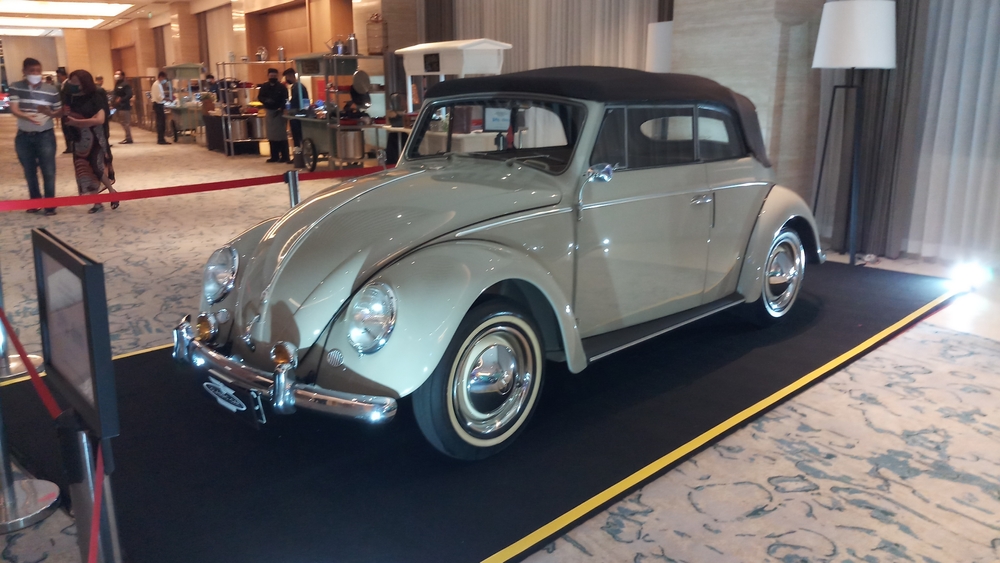
The Volkswagen Beetle, first produced in 1938, is one of the most recognizable and beloved car designs in history. Its distinctive, rounded shape and simple, reliable engineering made it a global success. The Beetle’s affordability and charm resonated with millions of drivers, helping it become one of the best-selling cars of all time. Its impact on car culture and its role in making automobile ownership accessible to many have left a lasting legacy.
Lamborghini Miura
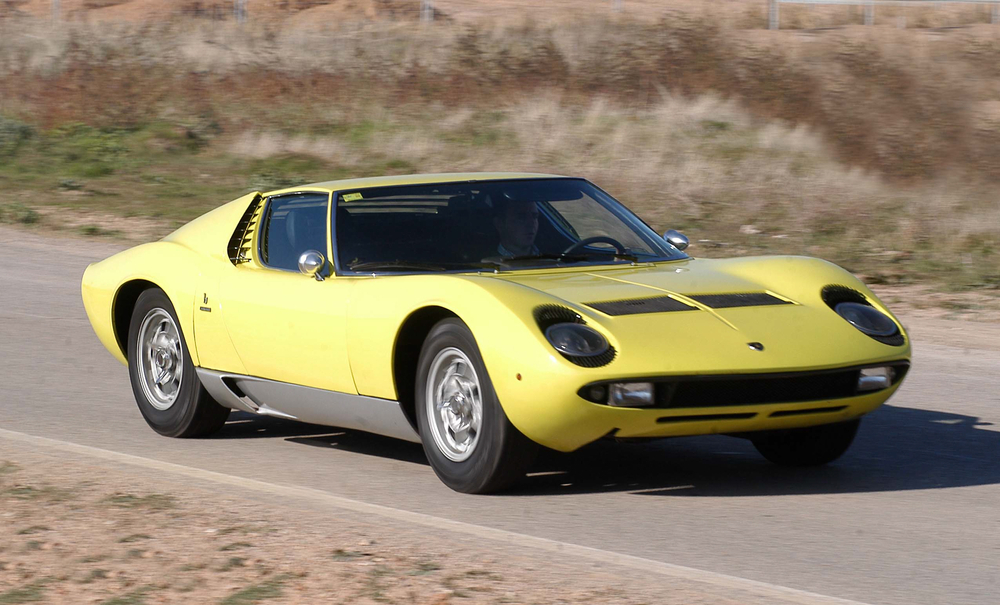
The Lamborghini Miura, introduced in 1966, is often credited with pioneering the modern supercar. Its mid-engine layout and stunning, low-slung design were revolutionary at the time, setting new standards for performance and aesthetics. The Miura’s influence on supercar design is undeniable, inspiring a generation of high-performance vehicles. Its combination of beauty and engineering excellence continues to be celebrated by car enthusiasts.
Mini Cooper
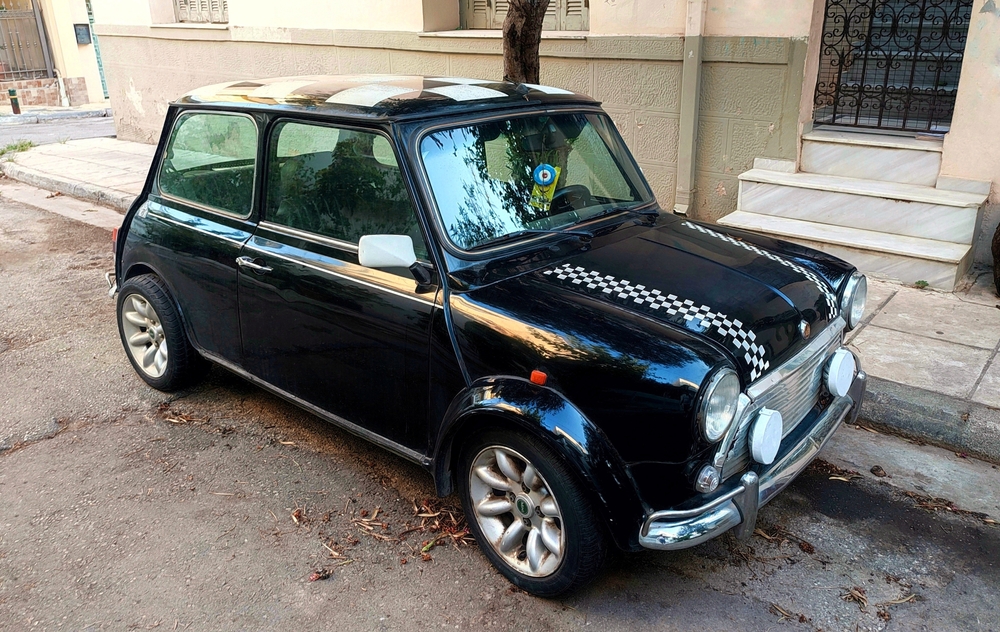
The Mini Cooper, first launched in 1959, redefined small car design with its space-efficient layout and distinctive styling. Its front-wheel-drive configuration and compact dimensions made it agile and practical, while its playful design captured the hearts of drivers. The Mini’s impact on urban mobility and small car design is significant, influencing countless compact cars and maintaining its status as a cultural icon.
Citroën DS
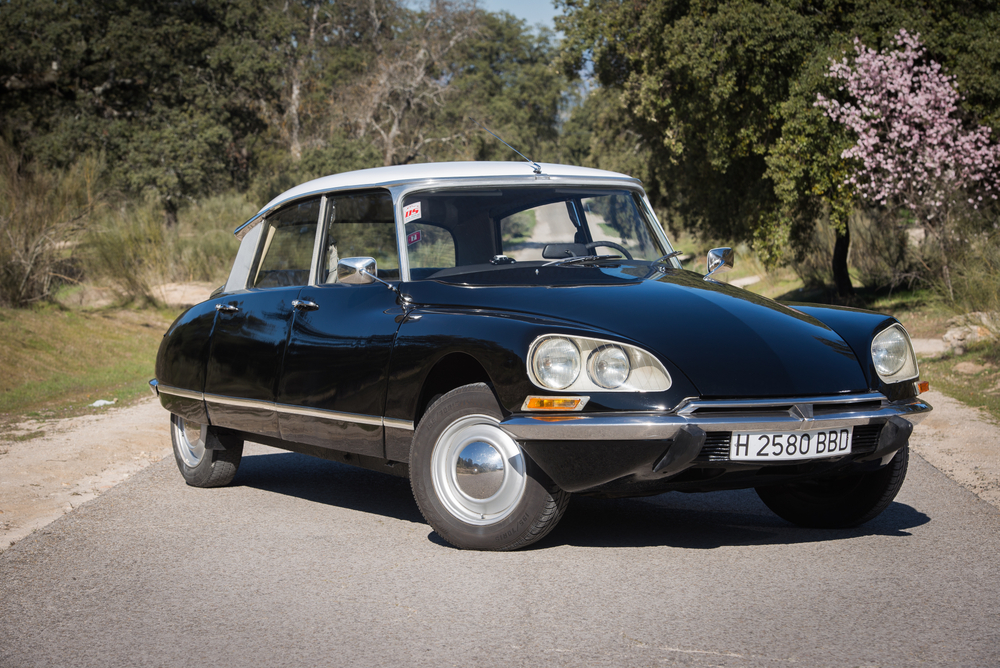
The Citroën DS, unveiled in 1955, stunned the automotive world with its futuristic design and advanced technology. Its sleek, aerodynamic shape, hydropneumatic suspension, and innovative features set new standards for comfort and style. The DS’s influence on car design and engineering is profound, as it showcased the potential for innovation and elegance in the automotive industry. Its legacy is seen in the continued emphasis on advanced technology and distinctive design in modern cars.
Mercedes-Benz 300 SL
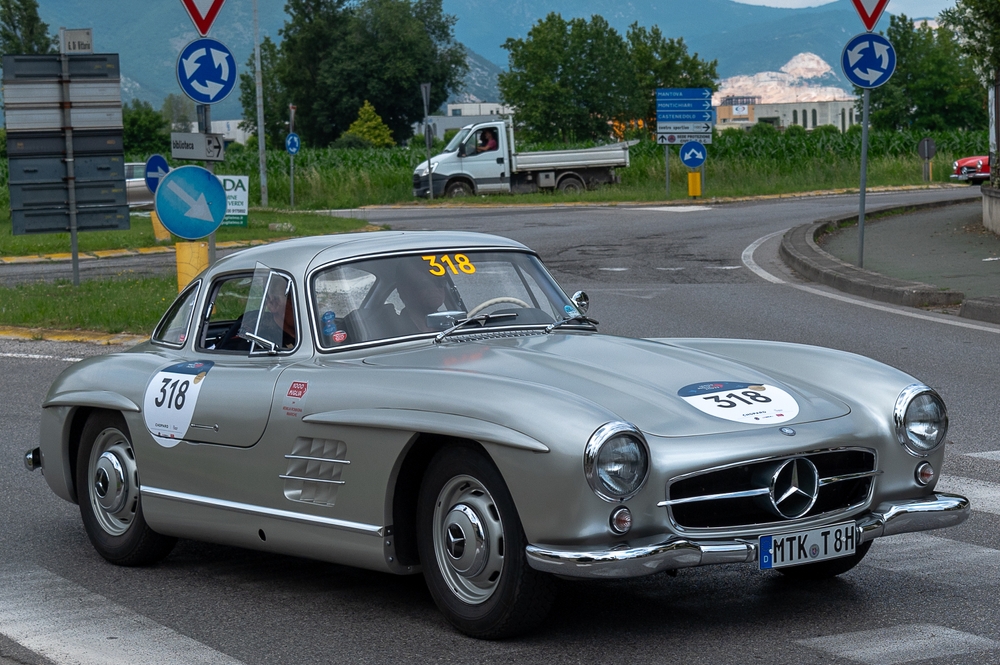
The Mercedes-Benz 300 SL, introduced in 1954, is renowned for its iconic gullwing doors and advanced engineering. Its lightweight construction, powerful engine, and sleek design made it a performance marvel. The 300 SL’s influence on sports car design and engineering is significant, as it demonstrated the potential for combining performance with style. Its legacy endures as a symbol of innovation and excellence in automotive design.
Jaguar E-Type
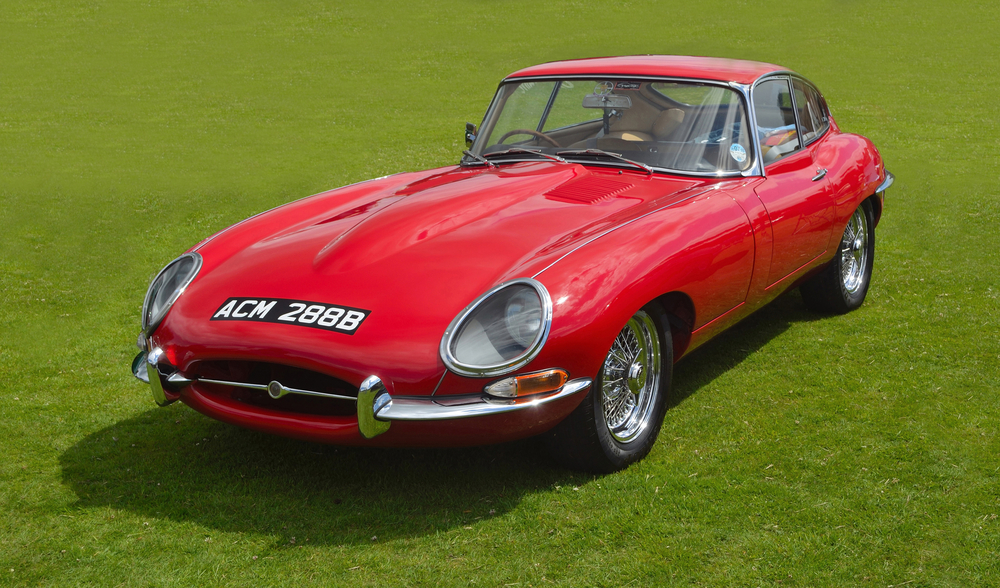
The Jaguar E-Type, launched in 1961, is often hailed as one of the most beautiful cars ever made. Its long hood, smooth lines, and powerful performance made it an instant classic. The E-Type’s influence on sports car design is profound, as it set new standards for aesthetics and engineering. Its combination of beauty and performance continues to inspire car designers and enthusiasts alike.
This article originally appeared on MyCarMakesNoise.
More from MyCarMakesNoise
17 Rare Concept Cars That Became Valuable Collectibles
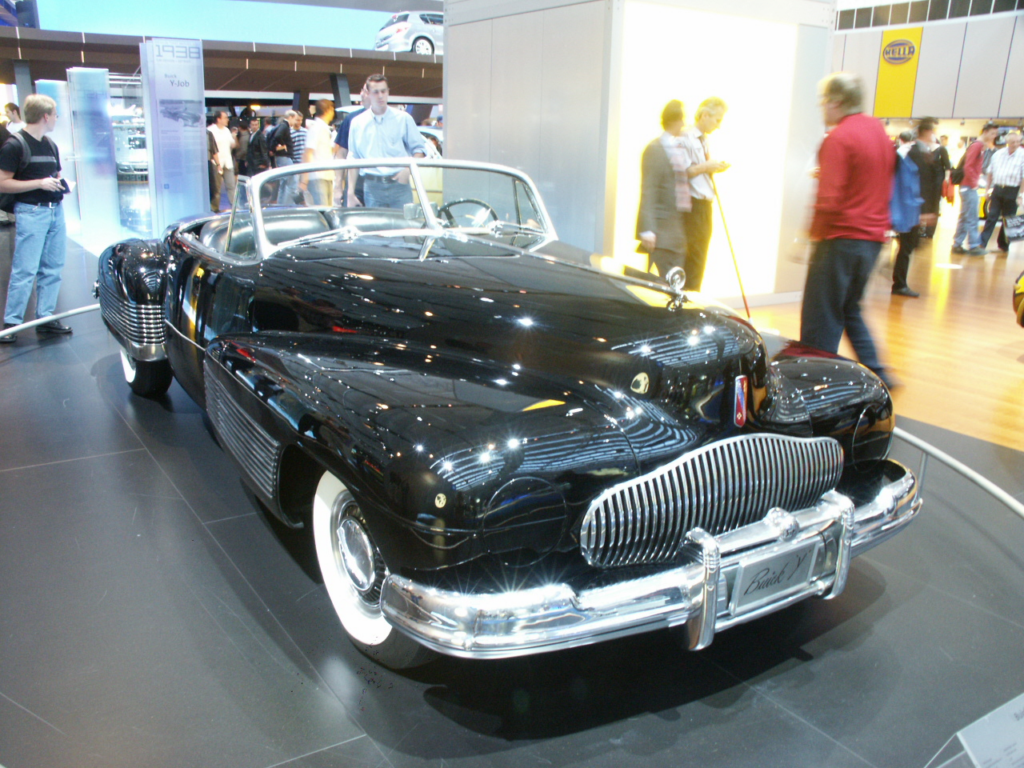
oncept cars have always fascinated car enthusiasts and collectors with their innovative designs and cutting-edge technology. Some of these rare prototypes never made it to production, yet they have become highly coveted collectibles over time. Read More
17 Game-Changing Automotive Innovations of the 2020s

The 2020s have brought a wave of innovation and transformation to the auto industry, changing the way we think about cars and mobility. From advancements in electric vehicles to the rise of autonomous driving technology, these game-changing trends are shaping the future of transportation. Read More
21 Mistakes That Can Make Your Car a Magnet for Thieves

Simple mistakes can make your car an easy target for break-ins. From leaving valuables in plain sight to forgetting to lock the doors, these common errors can attract thieves. Read More

